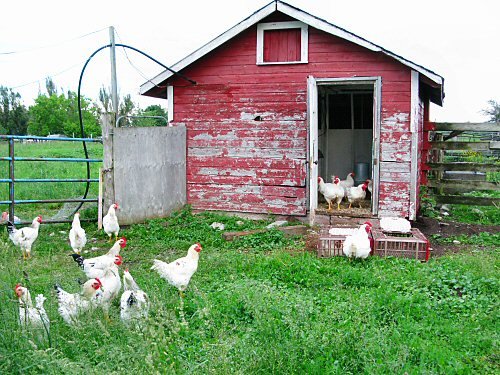A different story
At least 11 people were killed and 40 injured in fighting in Kut, capital of Wasit province in east-central Iraq on Tuesday March 11, according to reports in Voices of Iraq, Azzaman, and a Sadrist news-site. But the exact identity of the combatants, and the scale of the operations, differs according to what you read. Azzaman said the Mahdi Army succeeded in gaining control of seven districts in the city from the local police, who were unable to dislodge them, and had to call for reinforcements from Baghdad. Voices of Iraq stresses that local authorities called the enemy "unknown armed persons", and refused to say what group they belonged to. The Sadrist site, for its part, also called them "unknown armed persons". But unlike the other two, the Sadrist site stressed the participation in the fighting of the US forces (something that is confirmed by an official mnf release that describes one particularly dramatic intervention, where they say a precision munition from an aircraft destroyed a van carrying explosives). The Sadrist site says the American forces used the local police as a ruse and cover to attack non-combatant citizens. Today Voices of Iraq quotes local authorities who say they control the whole city, and there are no further disturbances.
Obviously this is something of a blank canvas on which the parties each sketch their own pictures: The US forces report a dramatic case of derring-do by the US special forces; Azzaman reports this as part of a dramatic security-explosion in the Center and South of Iraq featuring the Mahdi Army; the Sadrist site sketches a picture of the US egging the local police on to trigger an attack on non-combatant citizens, pitting Iraqi against Iraqi. About the only group that is clearly not involved in this is the Sunnis.
This is a case of Shiites fighting Shiites, with some degree of involvement by the Americans, and it isn't surprising that we would get different versions from the local media, since no reporter seems to have been particularly close to the action.
Meanwhile, on another planet, Spencer Ackerman puffs what he calls "something incredible" in Iraqslogger, which turns out to be an anonymous report that "scores" of Shiites in an area close to Sadr city demonstrated yesterday against Sadr's stand-down order, on the basis it reflected collusion with the Americans. In addition to linking to the sign-up page for the IraqSlogger subscription ripoff, Ackerman didn't miss the chance to get in the "demagogic religious thug" slogan (code for Sunni-killer).
Another progressive reporter, Nir Rosen, said on public TV news that
Obviously this is something of a blank canvas on which the parties each sketch their own pictures: The US forces report a dramatic case of derring-do by the US special forces; Azzaman reports this as part of a dramatic security-explosion in the Center and South of Iraq featuring the Mahdi Army; the Sadrist site sketches a picture of the US egging the local police on to trigger an attack on non-combatant citizens, pitting Iraqi against Iraqi. About the only group that is clearly not involved in this is the Sunnis.
This is a case of Shiites fighting Shiites, with some degree of involvement by the Americans, and it isn't surprising that we would get different versions from the local media, since no reporter seems to have been particularly close to the action.
Meanwhile, on another planet, Spencer Ackerman puffs what he calls "something incredible" in Iraqslogger, which turns out to be an anonymous report that "scores" of Shiites in an area close to Sadr city demonstrated yesterday against Sadr's stand-down order, on the basis it reflected collusion with the Americans. In addition to linking to the sign-up page for the IraqSlogger subscription ripoff, Ackerman didn't miss the chance to get in the "demagogic religious thug" slogan (code for Sunni-killer).
Another progressive reporter, Nir Rosen, said on public TV news that
Muqtada al-Sadr's decision to declare the cease-fire was, in part, a result of the increase of American troops, because he realized that he was going to face more pressure from the Americans. So he might as well lay low, wait the Americans out. And when the Americans reduce their numbers, then you can continue this purge of Sunnis from Baghdad and elsewhere. (My italics)While this Hatfield-versus-McCoy Shiite-Sunni struggle is going on in the minds of Ackerman, Rosen and others, the political-military battle between Shiite groups in the Center and South continues, and it has nothing to do with the Shiite-Sunni story. So what accounts for the attractiveness of the Shiite-Sunni story and the unattractiveness of the political story in the Center and South? There are at least two advantages, for the proponents of keeping US troops in Iraq: (1) US troop-presence will supposedly serve to diminish the coming blind sectarian violence; and (2) the Sunni-Shiite story obscures what is at issue in the Center and the South, namely that this is a struggle between US-supported federalist/separatists led by the Supreme Council on the one side, and the Sadrist enemies of the US occupation on the other.


0 Comments:
Post a Comment
<< Home